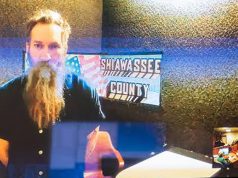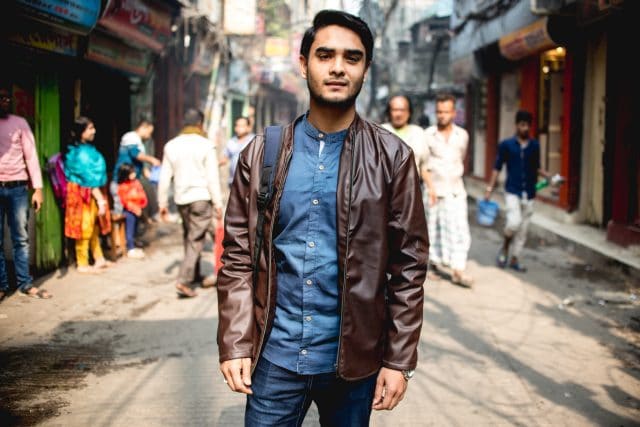
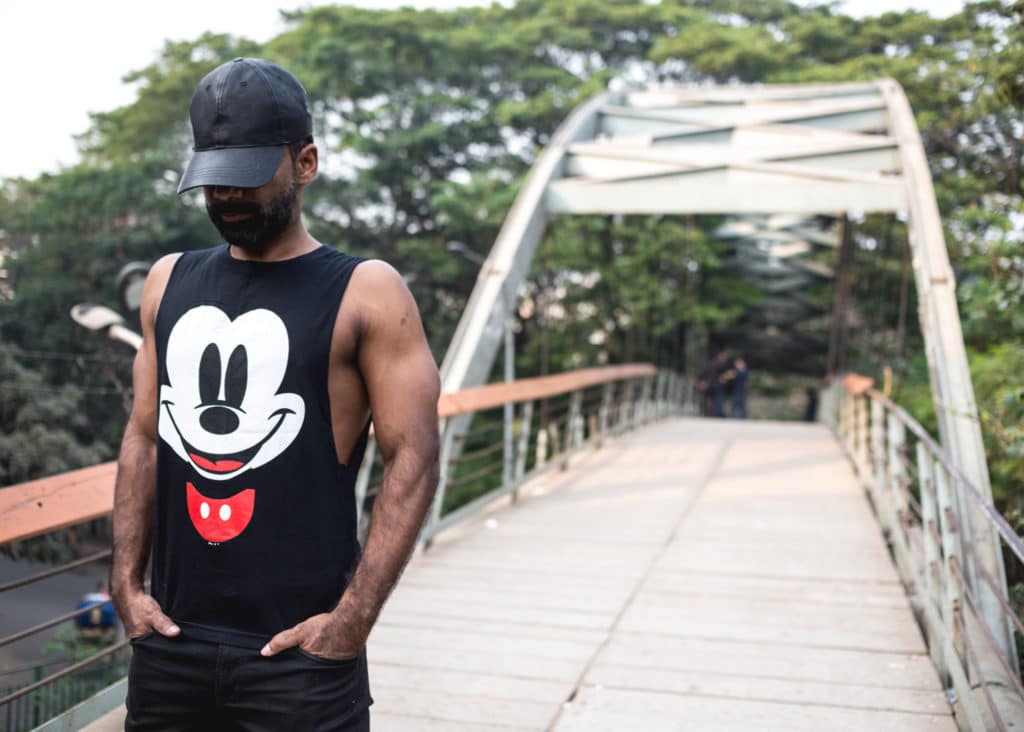
Liam Campbell is editor and photographer of the indie print mag, Elska, a project that involves traveling around the world, getting to know some regular local guys, and introducing them and their city to the world through honest photography and personal stories.
The photos for this article were shot in Dhaka, Bangladesh.
GayCities exclusively shares a selection of the photos along with a bit of behind the scenes commentary from Liam.
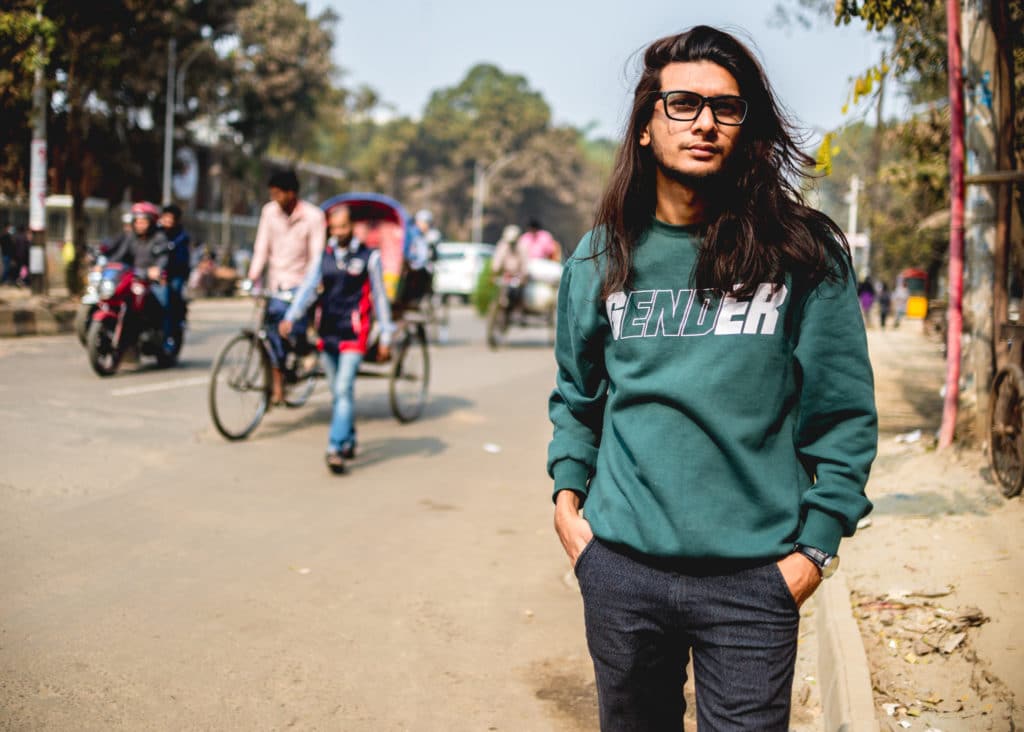
One of the first things I noticed about shooting in Bangladesh is how much of a spectacle I was. There aren’t a lot of tourists in Dhaka, let alone foreigners, so in part I was being stared at just for looking different. Then once I got my camera out, crowds literally formed, mainly young men and teens curious to see what was going on, and also to ask for their pics to be taken. But when I met T Anoy, I noticed that he was getting stared at too, and also people were making comments as they passed by. I asked him what they were saying, and it was basically negative comments about his long hair. Having a “different” sort of haircut in a place that’s still so traditional is a big deal, and also a very queer act.

You can’t ignore the fact that Dhaka is a crowded and chaotic place, but there’s also a lot of beauty to be discovered. My favorite shoot of the trip was when Raj took me to Old Dhaka, specifically to a historically Hindu neighborhood around Tanti Bazaar. While we think of Bangladesh usually as Muslim, it really is a country of many cultures and religions, so I was glad that Raj showed me some of the diversity. It was also really interesting and lovely to see his connection to this area. Every time we passed a statue of a Hindu deity or passed by a temple, he would stop briefly to pray. Although I’m not religious, I think it’s important to show that religion is not necessarily incompatible with homosexuality.
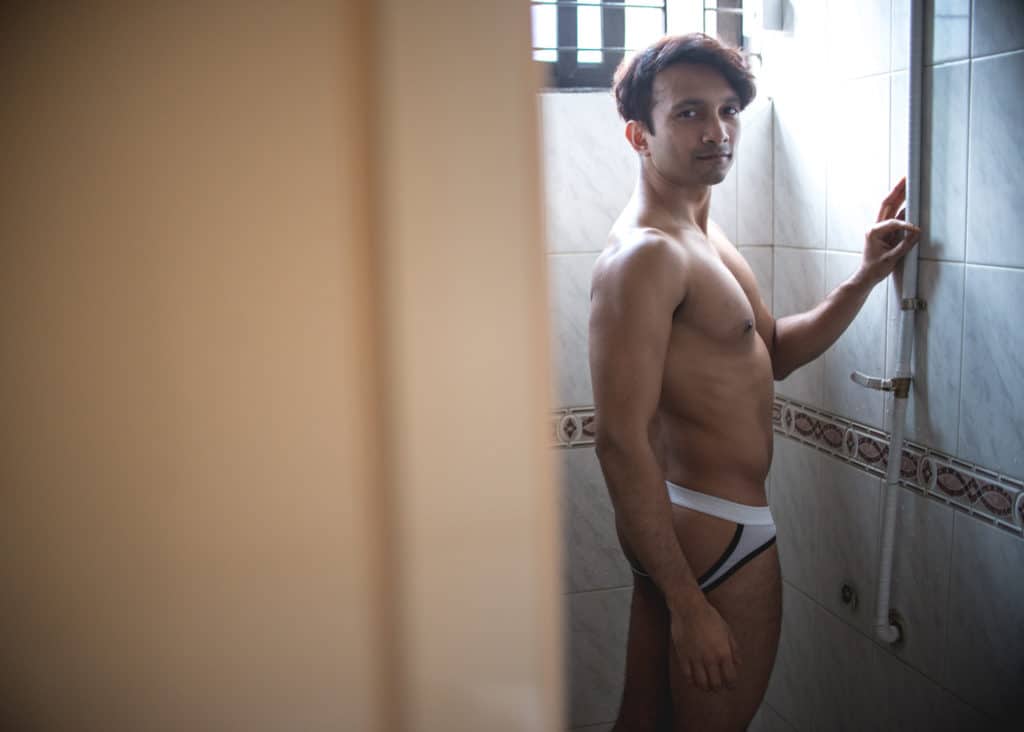
Another highlight of my trip to Dhaka was the tour of a big clothing and fabric market, Chandni Chawk, where Shaman took me. Here the crowds were thicker than ever, and the lure of a white dude doing a photoshoot was more magnetic than you can imagine. So we played a little game, like a sort of high speed car chase on foot, where we’d go down alleys, pass through shops, go up and down stairs, trying to find little private places to shoot in. It was exhausting but also fun and unforgettable. I also enjoyed our rickshaw ride there and back, where we rushed through cars, people, animals, all sorts of things.
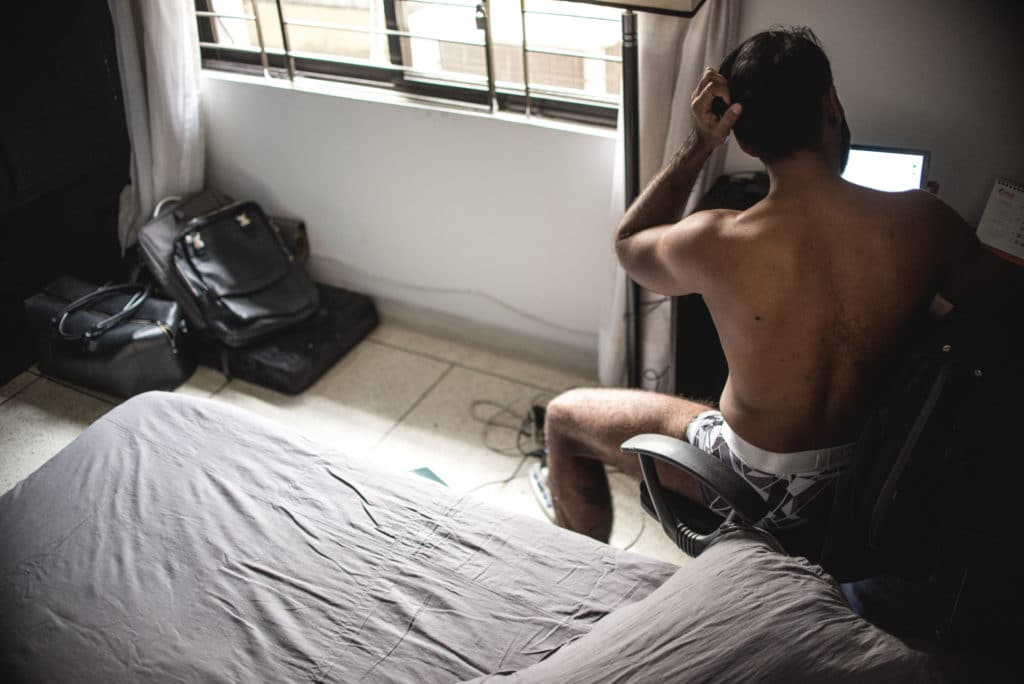
Before I came to Dhaka, I expected that most of the men wouldn’t want to show their faces in the photos, and change their names. Homosexuality is illegal in Bangladesh and there are some recent and horrific hate crimes, so I was both wanting to respect the discretion of the men who took part and also try to ensure their safety. However I also decided to respect their wishes to be seen as fully as they wanted. Some did this with their images, and some like Upal did it more with their stories. Upal wrote about how much he wishes for the sort of gay community that he’s visited when on trips abroad, how much he’d like to just be able to go hang out with some other guys and watch RuPaul’s Drag Race.
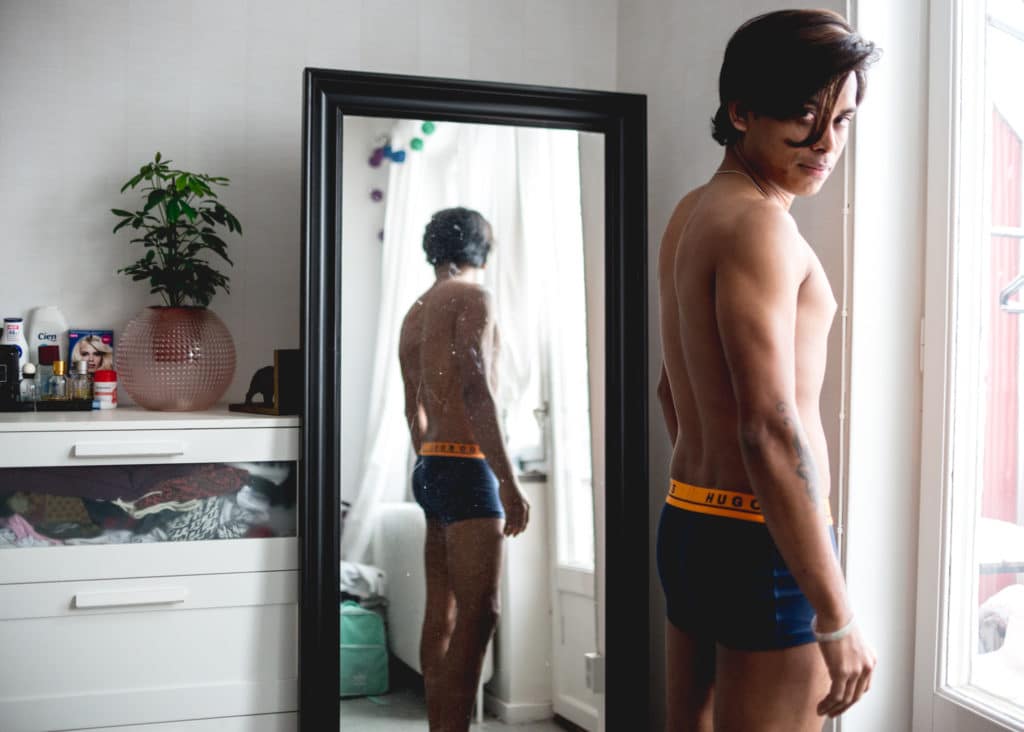
Another very touching story came from Mir R. As someone active in LGBTQ rights in Bangladesh, he became the target of attacks a couple of years ago, which led to him being invited by the Swedish government to take refuge in Sweden. In his story, he talks about how had to leave his studies, his friends, his boyfriend, his mother… and doesn’t know when or if he’ll be able to see them again. In Stockholm, he is building a new life for himself but not turning his back on his LGBTQ cousins in Bangladesh. He fights and advocates for them on their behalf and works to make sure the world knows about what’s happening in his home country.
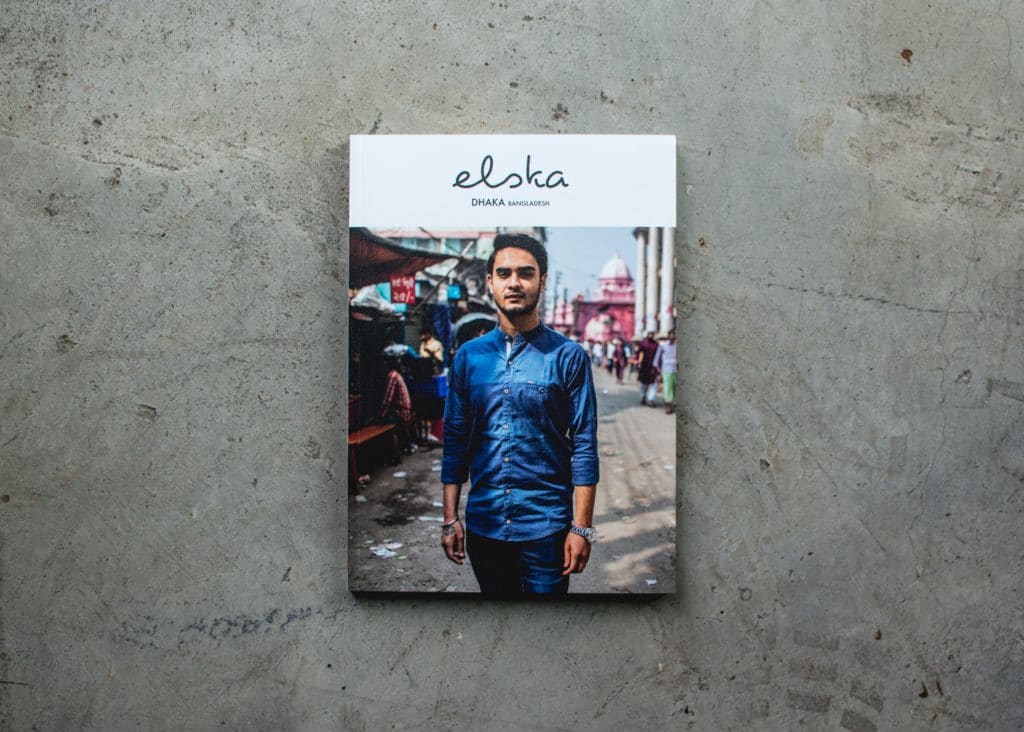
Elska Dhaka is out now in a limited edition print version, in an e-version, and in a bundle including a behind-the-scenes companion zine called Elska Ekstra Dhaka.







